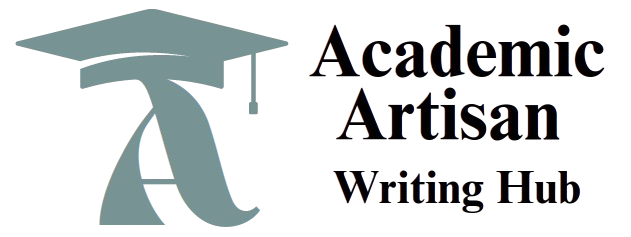WhatsApp Number: +1(249) 265-0080
Digital Workplace Platforms
Read the following article that assesses different social media platforms: The Exploration of Social Media Platforms Using Multicriteria Assessment Method (AHP) to Improve Organizational Performance
Companies must embrace the full potential of a digital environment, providing tools that empower team members to execute job tasks with a higher degree of knowledge and sociotechnical processes. This advanced level of human–computer interaction begins with examining the inherent characteristics of a robust sociotechnical system. Sociotechnical system design requires careful analysis in determining what is needed to fulfill the human–computer interaction.
Creating an interaction process that empowers organizational cultures to embrace technical utilization in daily tasks is the focus of this learning. Companies use an abundance of technical processes and systems to efficiently execute daily work tasks. A formula of success will embrace the basic needs for people to be motivated and create sense and meaning in all they do.
Based on your research and experience, please respond to the following questions:
- What 2 social or professional media sites (e.g., LinkedIn, Facebook, Microsoft Teams, YouTube, and Instagram) would you recommend? Briefly describe your selected platforms.
- Compare and contrast one platform versus the other to determine strengths and weaknesses and pros and cons for each platform based on your research and experience.
- How could the introduction of these technologies in a company impact diversity, equity, and inclusion (DEI)?
Include a minimum of 3 references and corresponding citations in your Individual Project each week.
Check our essay writing services here
Digital Workplace Platforms
In today’s digital era, social and professional media platforms play a crucial role in promoting knowledge sharing, collaboration, and team performance within organizations. Two platforms I would recommend are LinkedIn and Microsoft Teams. Each offers unique strengths that can help organizations meet operational and cultural goals, especially when evaluated through a sociotechnical lens.
Recommended Platforms
1. LinkedIn
LinkedIn is a professional networking platform that allows users to connect with colleagues, industry professionals, and potential employers. It supports knowledge sharing through articles, posts, and professional discussions, making it a powerful tool for recruitment, professional development, and branding.
2. Microsoft Teams
Microsoft Teams is a workplace communication and collaboration platform that integrates with Microsoft 365. It includes chat, video conferencing, file sharing, and task management features, making it ideal for internal team collaboration.
Comparison: LinkedIn vs. Microsoft Teams
| Criteria | Microsoft Teams | |
|---|---|---|
| Purpose | External networking and professional branding | Internal communication and collaboration |
| Strengths | Global reach, recruiting, industry insights | Real-time collaboration, integration with Office apps |
| Weaknesses | Limited internal communication use | Limited external networking |
| Pros | Talent acquisition, brand visibility, DEI promotion | Secure team collaboration, enhances productivity |
| Cons | Distraction risk, less control over content sharing | Learning curve, can be overwhelming with overuse |


